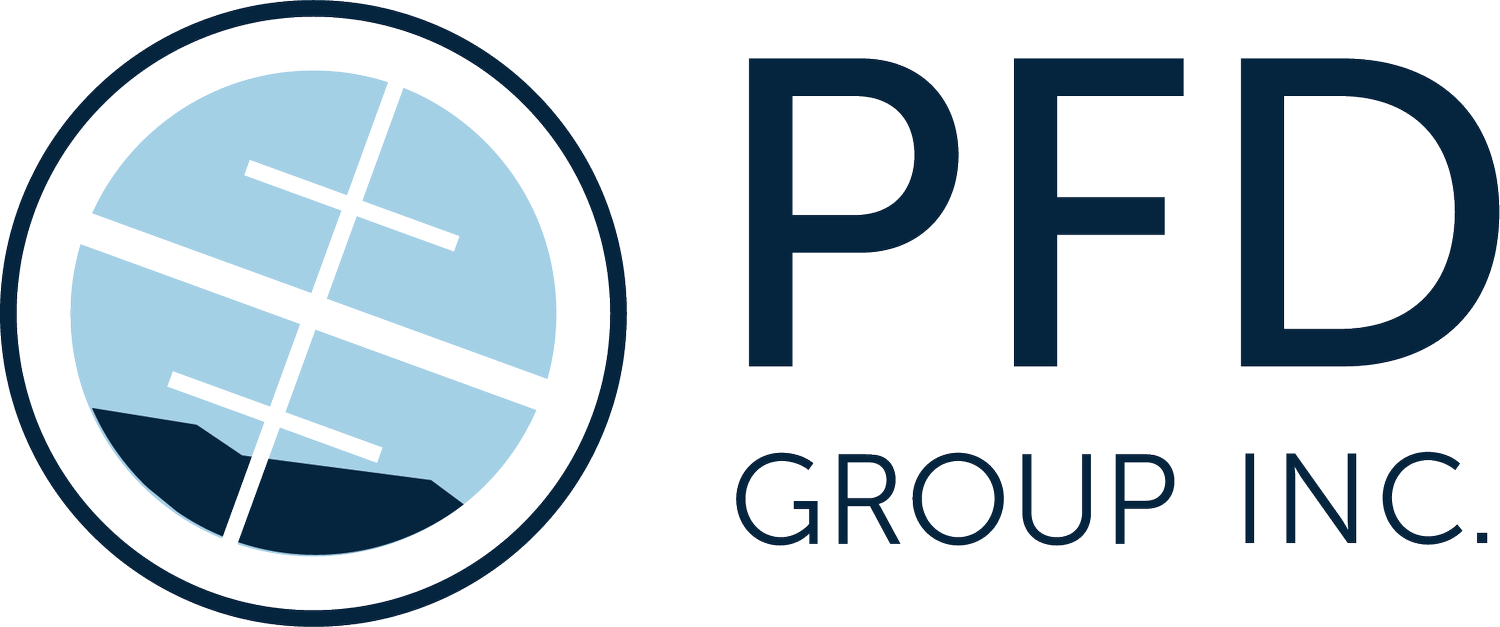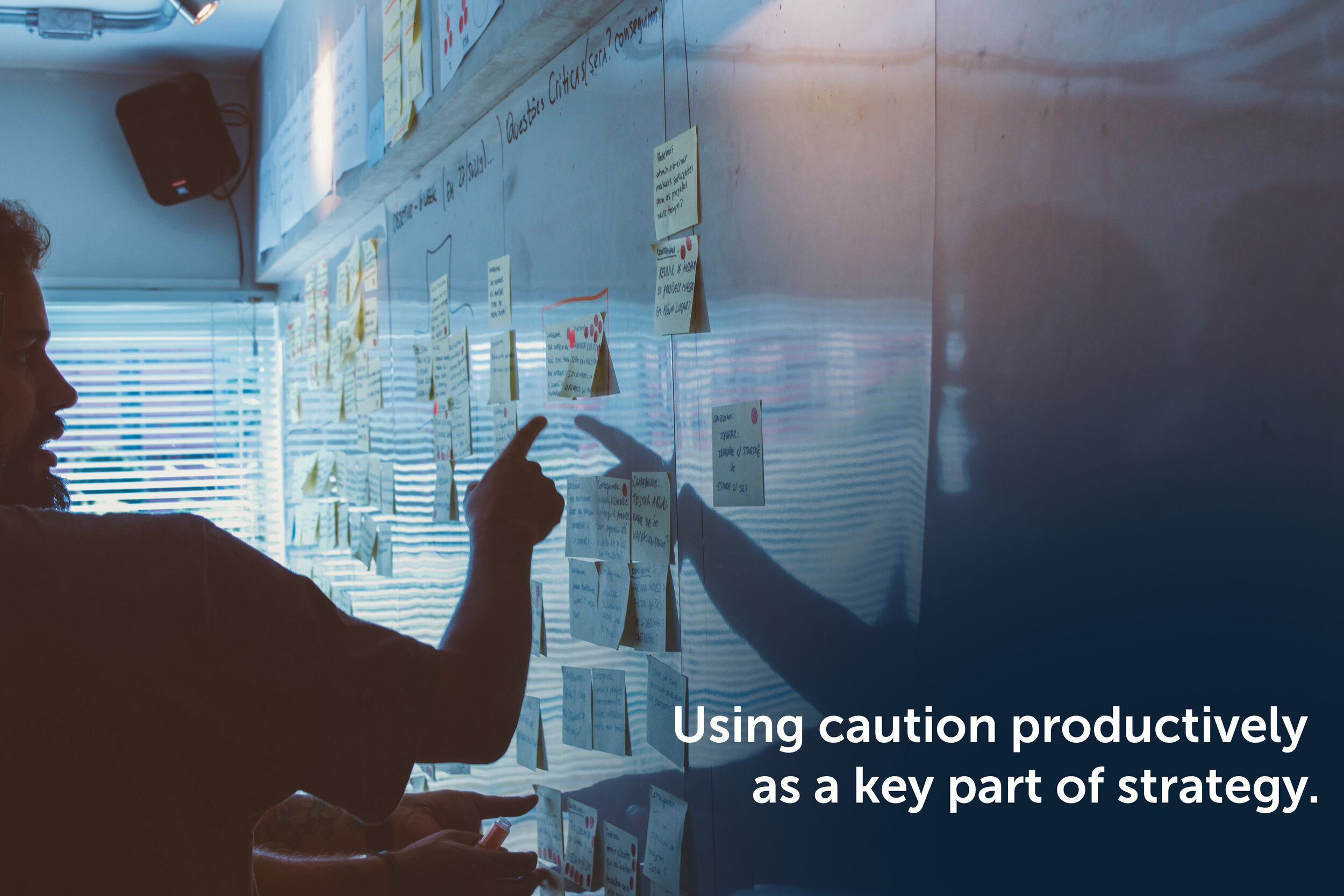Quite obviously, one of the most important things that our employees can do is finish their work. This being said, one of the things we fail to account for when we coach our employees is the way they get work done. The Conative approach is built on a psychological model of understanding of human attitudes and behavior, that includes how they think (their cognitive function), how they feel (their affective function), and finally, how they get things done (their conative function). The idea behind understanding the conative approach is that we can create understanding and harmony in our productivity. We assume that people get things done in a similar way to us, so when we coach them on projects, we may be taking them through a process that is, at the very least unhelpful, and at the very worst a hinderance to how they are able to get work done.
There are two types of approaches we should consider when coaching our employees in how they do their work:
Coaching specific processes that require uniformity across the company
Coaching for projects that require employees to take creative and productive action.
Specific Processes that Require Uniformity Across the Company
For very specific and set processes that need uniformity, we should coach our employees to get things done the same way every time. To illustrate this type of work, imagine if a large restaurant chain left each location and each employee to their own devices to figure out how to cook, clean, stock the kitchen, run the counter, and run the drive thru – on one location, you might get a manager that is exceptional and competent in all these areas, and another, you might get a manager who is inept – leading to wildly different experiences. Typically, these are processes that are necessary and require a specific set of tasks to be carried out in a certain order. They take time, and take practice to get right, but don’t take a lot of brain power to understand. They are the core of your operational excellence. These processes could be creating expense reports, following up with a customer on their order, or filling out paperwork to be in government compliance.
To be effective in coaching:
Anyone coaching these processes in your organization (if not you, your COO or managers) should have a good understanding what these processes entail, and why they need to be uniform, so you can explain the importance of precision.
These processes are thoroughly taught during an onboarding experience, so your employees have an understanding of them from the onset.
Documentation of these processes are easily accessed for employees to refer to. A task-management software might be helpful here to ensure consistency.
These processes have enough detail to make them clear, but not so much detail that they are overengineered. If your process is simple, keep it simple to retain its efficacy.
Employees are given consistent and candid feedback – it is better to make small corrections throughout time than having to completely coach someone all over again.
So those are the processes that require uniformity, what about the projects that have no one right way to get them done? How can you best navigate coaching your employees as they go through these projects? That’s what the next section is about.
Projects that Require Creative and Productive Action
For the projects with no clear answer of how to get them done, coaching get a little bit trickier. These projects really could be anything, like developing a year-long marketing plan, coming up with and testing a new product, or adjusting the client experience and journey. We often assume that, when we are leads on projects, that our employees get stuff done the way that we do. We might not literally believe that, but we tend to act as though it is true.
For example, I have an employee, Emmalee, who has been working for me for several years. The way that we start and complete projects is completely different. The differences in how we work can be extremely valuable, if we are aware of it. If we are not aware of it, we can slip into modes of work that are counterproductive for the other. For me, an extraordinary amount of my energy naturally goes into innovating. I am constantly looking at the world and coming up with new creative solutions to be able to move our company mission and BHAG forward. Then, I tend to evaluate what we have, and look for any shortcuts to solutions to avoid eating up valuable time. What I then tend to communicate to my team are bottom-line statements of the big-picture ideas and innovations that I am thinking. Quite clearly, not everybody thinks the same way that I do. Not everybody even begins their creative process with brainstorming, and not many people naturally have their energy going into creating new innovations and ideas. Further, I don’t really care to get too into the details, if I can help it. I just want the overview of what my employees are working on, and I tend to give them very few details when giving them strategic direction for projects.
Now Emmalee, on the other hand, has a more structured approach to her projects. She always begins with creating an outline and / or a plan of attack. She then reviews all of the present data that is available to her – conducting academic research as well as referencing top business books to make sure there is a solid basis for our claims and adjusting to any changes she might find from her original plan. Finally, she’ll review the project to make sure all of the materials therein hold up well.
Now, where can this get tricky? When I give her feedback on her projects, sometimes it involves brainstorming whole new ideas that don’t fit her original plan for her project. Sometimes, that’s helpful, because the new ideas could be better, provide a different prospective, and lead to a better outcome of the project. Other times, that’s unhelpful, because it causes her to go back to the beginning of her productive process, wholly recreating her plan of attack, that didn’t necessarily need to be recreated. If I am unaware of how Emmalee and I work, I have the potential to throw off her productive rhythm by inserting ideas that are challenging to adjust to. If Emmalee is unaware of how we work, because they don’t necessarily fit her plan of attack, she can find herself limiting innovations and ideas, not incorporating them even when they are helpful. If we do not take care to understand each other, there is legitimately a high potential for conflict or unnecessary stress. But, if we do take care to understand how the other gets work done, making small adjustments accordingly, what was once a conflict becomes a superpower. Because we have such different skillsets and modes of working, we can be much more productive, using each other’s strengths to get things done.
For example, while Emmalee is great at creating structure for projects, conducting research and synthesizing information from many different sources, she doesn’t particularly like starting from a blank page. For me, I get energy from starting from a blank page. When we work together, we tend to brainstorm together, and then she synthesizes what we say into an outline from which she can carry the project forward. From then on, I keep in mind the outline she created, so that she can more easily adjust to the changes and new ideas and get her projects done quickly, while still bearing in mind the feedback that I give her.
By taking the time to understand how my employee gets things done, I am able to effectively communicate and provide feedback and direction on their projects that is both helpful and conducive to how my employees do their best work.
To be effective in coaching:
Invest in assessment tools that help you and your employees assess their conative approach to getting work done. At PFD, we recommend the Kolbe A Report from Ware Withal.
Take time to review the tools with your employees. Your employees better understanding how they naturally get things done will only serve them. Ask them: How do you deal with information? How do you organize? How do you deal with uncertainty? How do you use your time and energy?
Share your conative approach with your employees. Discuss: where might conflicts be? How have differences in the conative approach manifested in the past? Can we use our new understanding of the conative approach to resolve conflicts and better support the employee on projects?
Give your employees projects that they are interested in that best suit their conative method.
When employees are assigned to projects, their distinct conative approach should be incorporated into the project plans.
As you consider coaching to your employees’ conative abilities, take five minutes to ask yourself and write down:
Do I currently try to understand my employees’ conative approach to how they get things done? Do I try to micromanage projects to get done in a certain way? How do I adapt to my employees getting their projects done?
What are some tangible things that I can do to steward development in the conative approach my organization?













